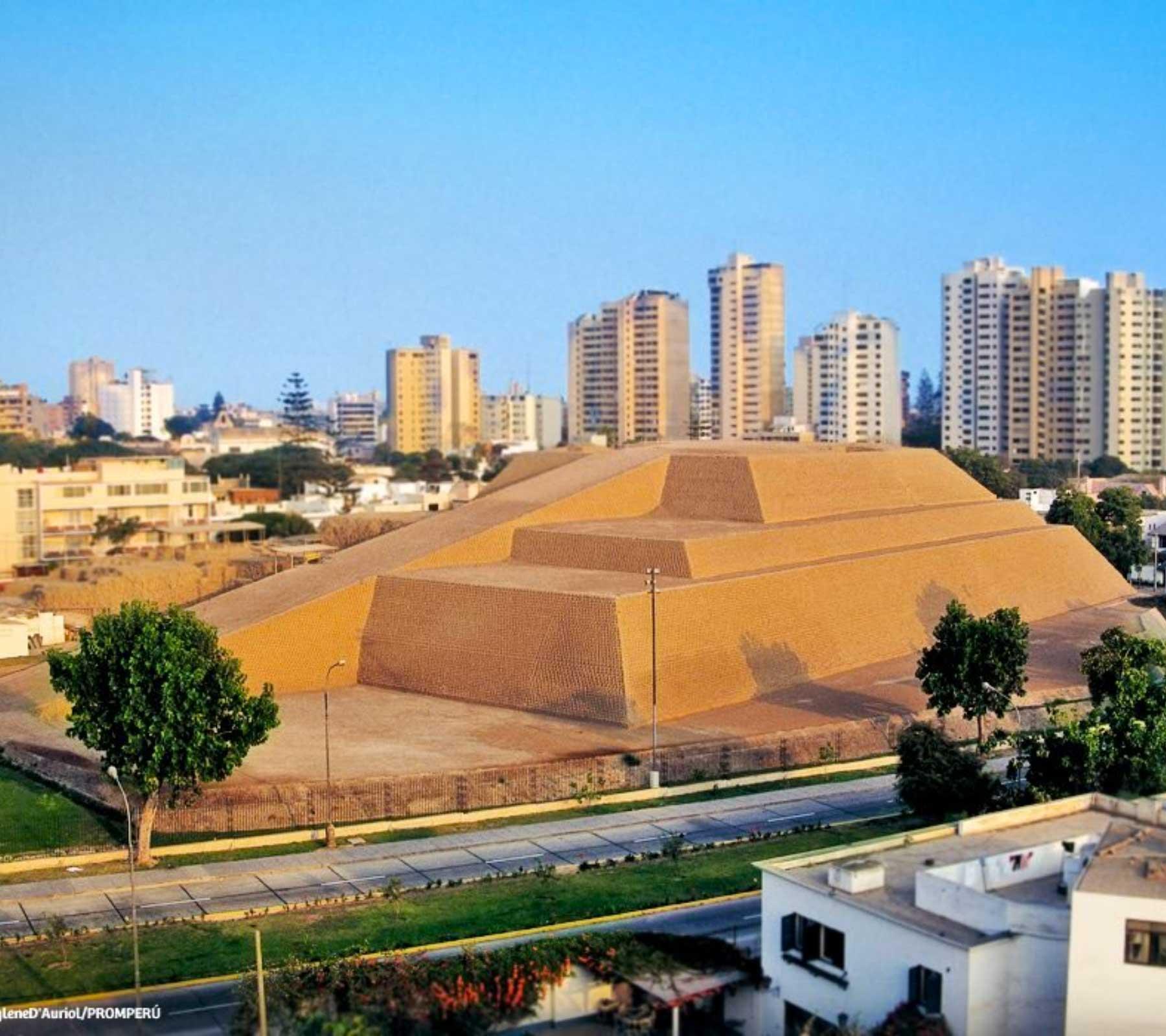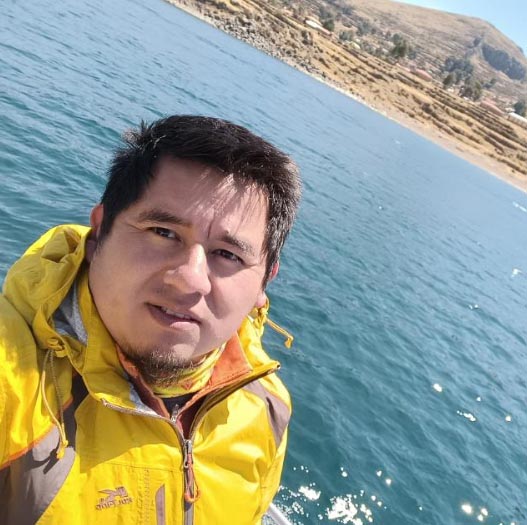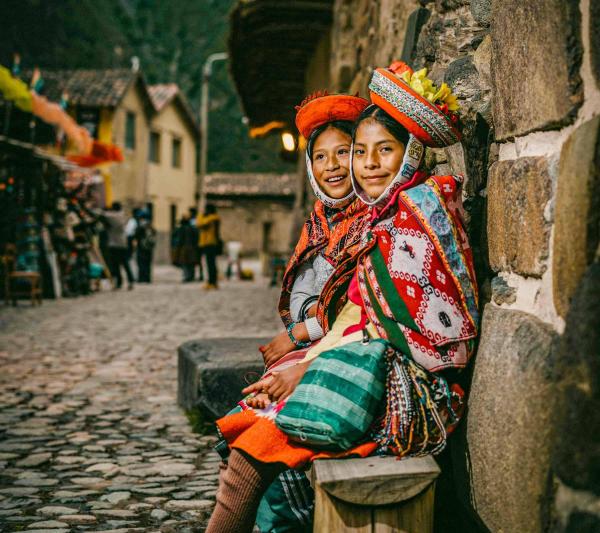During your trip to Peru, you may have extra time in Lima. It is an excellent idea to dedicate a few days to explore the famous Gastronomic Capital of Latin America and its surprising tourist attractions. Keep in mind that a part of Lima that many tourists ignore is precisely the ancient history that we find in its archaeological sites.
Hundreds of years ago, the central Peruvian coast was the cradle of many cultures that paved the way for later civilizations, including the Incas themselves! Today we can learn more about these ancient cultures by exploring the archaeological remains scattered in the department of Lima.
One of these archaeological sites is located in the modern district of San Isidro, in Lima. We are referring to the Huaca Huallamarca, an ancient pyramid that keeps many secrets within its structure. If you have enough time, feel free to include this visit in your travel itinerary.
This structure was built almost 2,000 years ago, at least 1,000 years before the Inca era. Throughout its history, the Huaca Huallamarca was an important center of worship for many cultures of ancient Peru throughout history.
Sadly, part of its ancient structure was damaged due to the massive expansion of the city in the 20th century. However, thanks to the hard work of archaeologists, today we can fully understand the mysteries of this pyramid, and how this ancient structure managed to survive the passage of time.
Dare to embark on a journey through time through Peru and discover the enigma of these mysterious lands! Read on and learn everything you need to know about this archaeological site.
History
Huaca Huallamarca is located in the luxurious San Isidro district, where its ancient structure offers a great contrast to the imposing modern buildings. This impressive pyramid and its characteristic structure rise to about 20 meters high.
According to historians, it was built between 100 and 200 AD. by the Pinazo culture, native to the central coast of Peru. After the disappearance of this civilization, the pyramid was occupied by the Lima, Huaura, Sicán, Chincha and Ychsma cultures over the years.
The archaeological site presents an interesting structure, since the walls of the pyramids were built with small adobes in the shape of corn grains. This style of construction indicates that the Huaca Huallamarca was built by the Pinazo culture.
Thanks to the fact that this culture was one of the first to inhabit the Peruvian coast, they did not need a large army like other later cultures. Instead, during the excavations at the site, mainly farming tools, ceramic pieces, and even toys and musical instruments were found!
This culture was also characterized by burying its deceased with characteristic funeral bundles. These were decorated with false heads before being buried along with offerings of food and textiles. Another characteristic of the Pinazo culture is in the walls of this pyramid, which were painted yellow as decoration.
During the 20th century, this invaluable complex was on the verge of being demolished by the government. To rescue the pyramid, the House of Culture of Peru and the Municipality of San Isidro began work to revalue the Huaca Huallamarca. These works were carried out by a doctor who was fond of anthropology named Arturo Jiménez Borja.
Dr. Jiménez's work resulted in several discoveries, which were exhibited in the Huaca Huallamarca Site Museum. Now, his enthusiasm led him to try to restore the pyramid, a job in which Arturo Jiménez took some...creative liberties.
During the 90s, it was decided to carry out new research at this site, this time by professional archaeologist Clide Valladolid. The results of her research can be seen today in the Site Museum, next to the pyramid.
How to visit the Huaca Huallamarca?
The Huaca Huallamarca is located within the San Isidro district in Lima. It is located relatively close to the Miraflores district, so if you want to see this historical monument, you can easily do so by taking a taxi.
The famous ruins of Huaca Huallamarca comprise many mysteries and details that you certainly cannot miss. And there is no better way to explore this ancient pyramid than with the help of a professional guide. Contact us today, and one of our experts will help you schedule a private guided tour of Huaca Huallamarca.
General information:
Address: Av. Nicolás de Ribera 201, San Isidro
Opening hours: Tuesday to Saturday - 9:00 a.m. to 5:00 p.m.
Admission: Adults S/. 5.00. - Children S/. 1.00
The Huallamarca Site Museum, inaugurated on August 11, 1960, houses, preserves and exhibits a collection dating from the Formative Period (200 BC) to the Inca Period (1100 AD). There were almost 1,300 years of occupation of the place and part of its material evidence comes from funerary contexts found in the monument and its surroundings. These objects are part of collections of organic, textile, ceramic, lithic, mineral, human and animal bone material.
Name
Huallamarca was the name that the Peruvian archaeologist Julio C. Tello, who began the excavations in the early 1940s, gave to the archaeological group included by the Huaca Juliana, the distance between Lima-Tambo and the urbanization of Santa Beatriz, 3? between the current districts of Miraflores and Lince.
Wuallamarca is a word composed of two Quechua words: "walla" which was the name of the Huallas tribe and "marka" as a town or region,4? its joint meaning being "Pueblo de los Huallas", chosen in honor of the first inhabitants of this place, since colonial chroniclers from the 16th century (published by Víctor Barriga) mention the existence of some "gualla lands" near where the Huaca Pucllana in Miraflores is now. However, as the name "walla" seems limited only to that site, the name "Huallamarca" for the Sanisidrine pyramid could be different.
Until the beginning of the 20th century, it was publicly known as "Sugar Loaf" and was found within the hacienda with the same name, because of the flat-convex shape of its stones made of adobe, which resemble a well-known sweet. in Lima during that period.
Ceramics
The oldest ceramics found in Huallamarca belongs to the Pinazo style, which is characterized by its monochrome and its double-spout bottles with bridge handles. The most recent corresponds to the style called Ychsma. Among the ceramic forms exhibited in the Huallamarca Museum, there are some evidences belonging to the Early Intermediate (100 - 650 A.D.), in which both traditions intersperse types of ceramics from the styles of Late Lima, Middle Sicán, Huaura, Chincha and Chancay.
In the case of the Lima culture, large neckless jars were found associated with simple structures for domestic use, with jars and bottles that have anthropomorphic representation and decorated with geometric figures, mainly using the colors red, white and black on the surface of the jar. vessel. In the same way, there are some zoomorphic sculptural vessels that were used as liquid containers.
There is also a record from the late Middle Horizon (900 A.D.) corresponding to the initial stage of the Ychsma Culture14? with Wari influence in their funerary bundles and with the jugs made of ceramic with a polychrome modeling technique in cream and orange-reddish tones with triangular vertical band designs. In addition to finding ceramics belonging to the Late Intermediate (1000 - 1100 A.D.) with the Early Ychsma cultural identity phase, where
Daily life and food
The first moment of occupation is related to the construction of the stepped platform. Its construction was undertaken during the final part of the Formative period and beginnings of the Lima culture (200 BC).
Textile material exhibited in the Huallamarca Site Museum.
The building brought together and organized a sector of the population of the lower Rímac valley for ceremonial, administrative, political and social purposes. The objects found that accompany the graves found in Huallamarca allow us to get an idea of ??the daily life of the ancient inhabitants of the San Isidro district. Everything tells us that these families developed a moderate and laborious life, there are no signs of human sacrifice, nor have weapons been found. On the other hand, a multitude of farming tools, pieces of cotton fabric, sewing baskets full of spinning tools, decorated mates used as tableware, ceramic vessels, children's toys and musical instruments have been found.
Similarly, archaeological evidence in funerary contexts also provides us with notions regarding the diet of its inhabitants, whose diet came from both the sea and the land and was largely based on species such as mussels, snails, limpets, shrimp, etc However, as its population increased, needs also increased, with the cultivation of corn, beans, pallar, chili, among others, becoming more intense; as well as the consumption of guinea pig meat, camelids, poultry, fish and shellfish.
It is due to the presence of agricultural and fishing tools that show agriculture, shellfish harvesting, fishing and the domestication of guinea pigs as their main agricultural and livestock activities. Its consolidation is appreciated in everything related to funerary trousseau.
Other interesting blogs:
- Where is Machu Picchu?
- Machu Picchu Tickets: Upgrade guide 2024
- Skylodge Adventures Suites
- Machu Picchu Weather
If you want to live this great experience do not hesitate to contact us. Reserve our guided trips to Machu Picchu by contacting our travel experts and you will be closer to completing your adventure:






